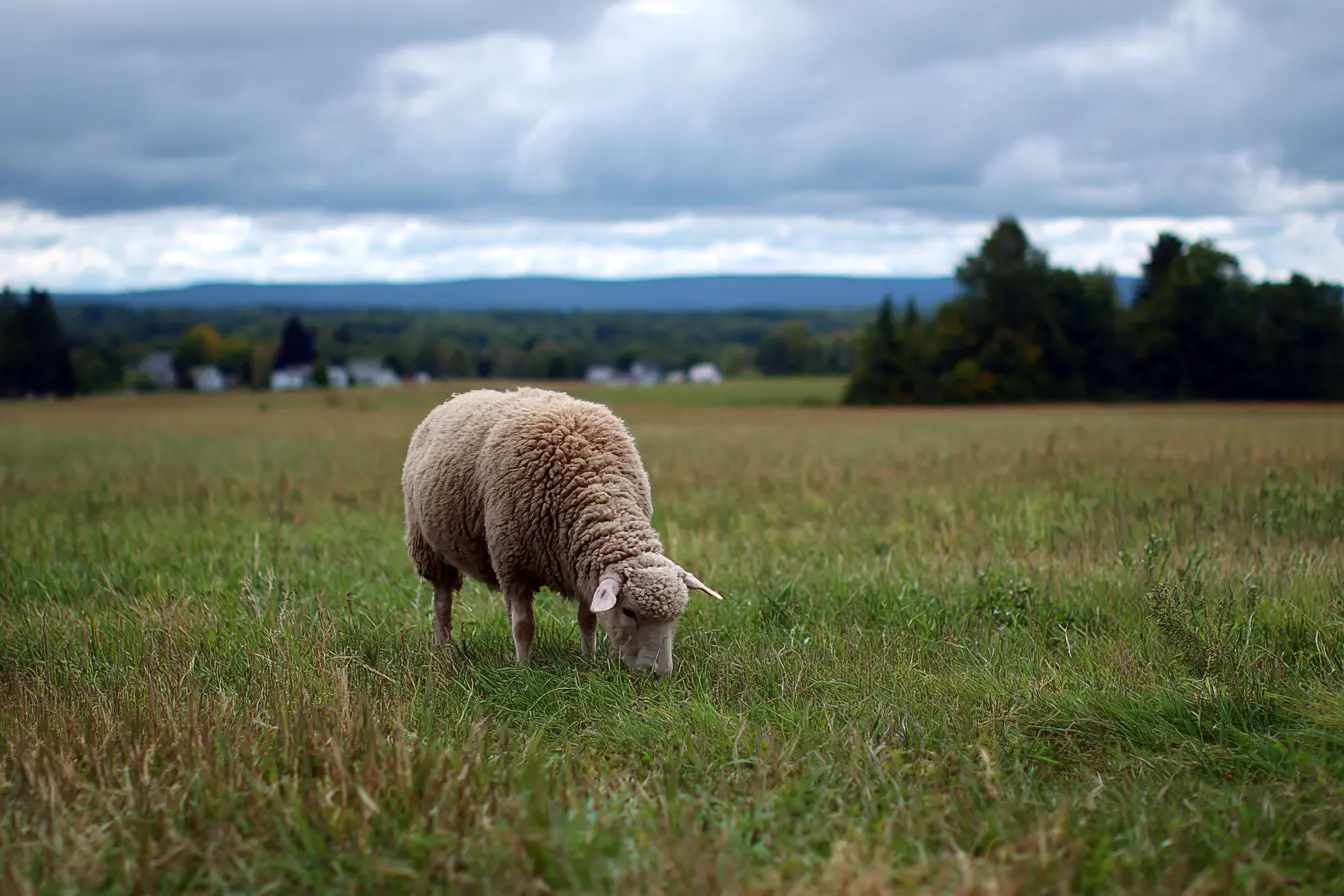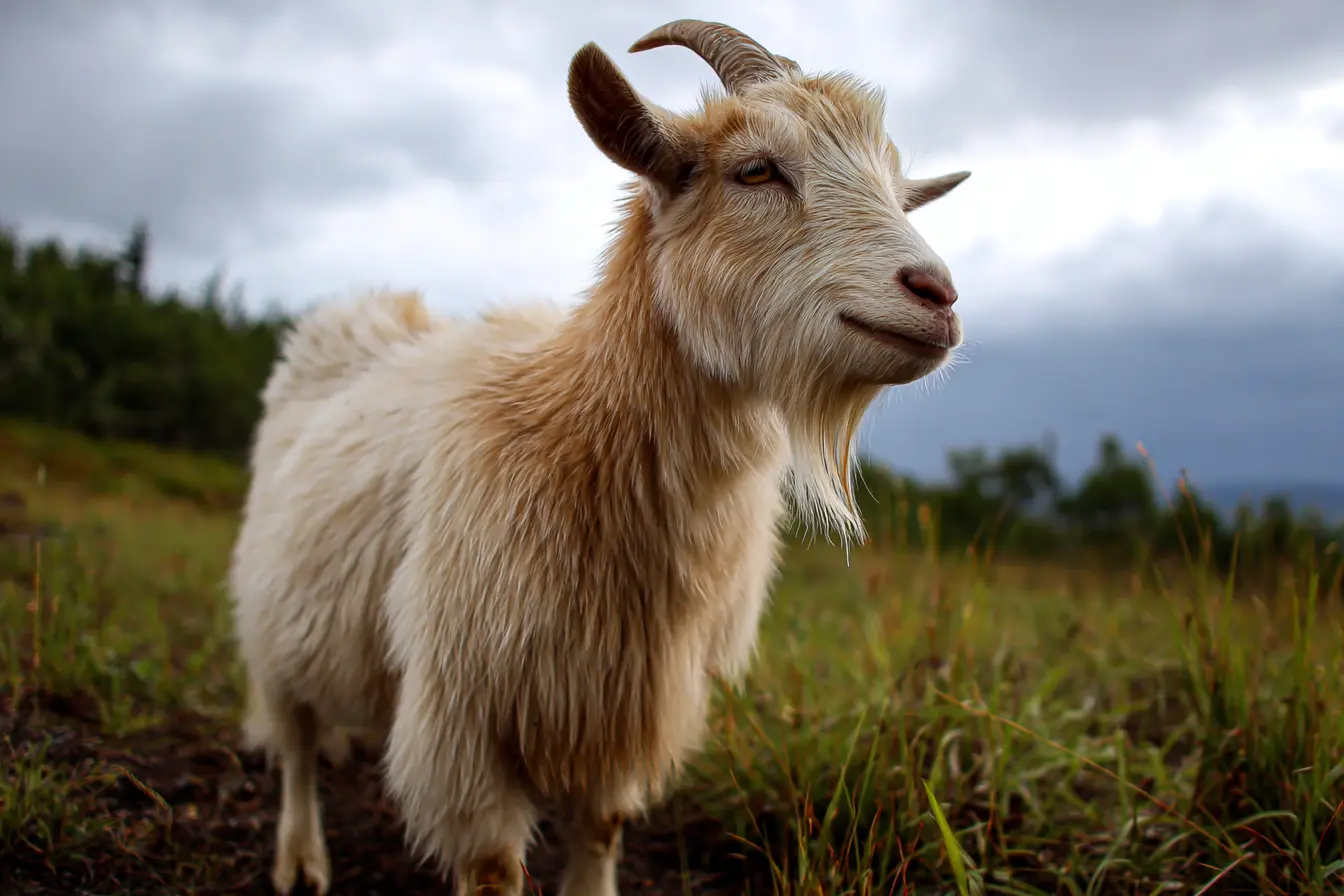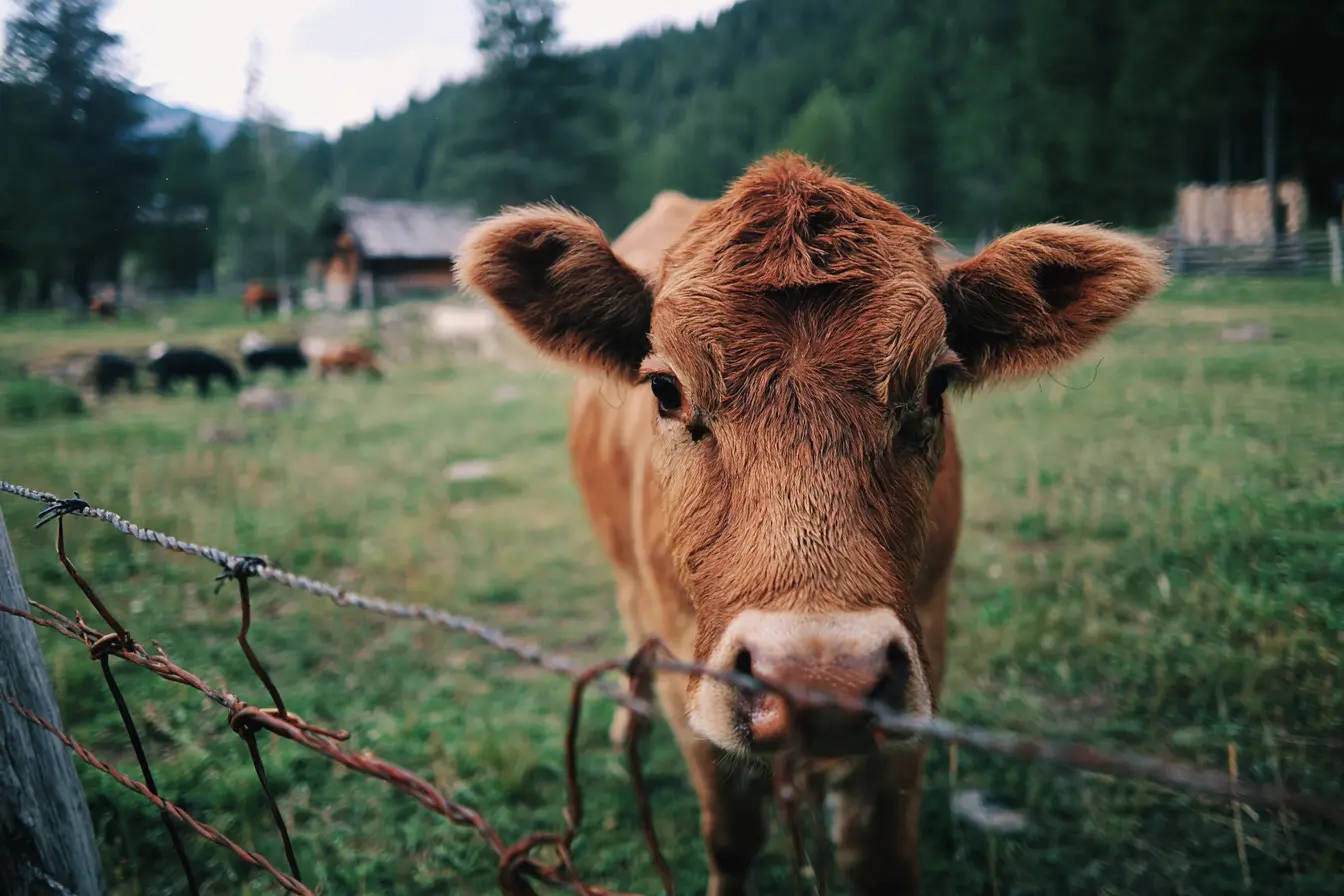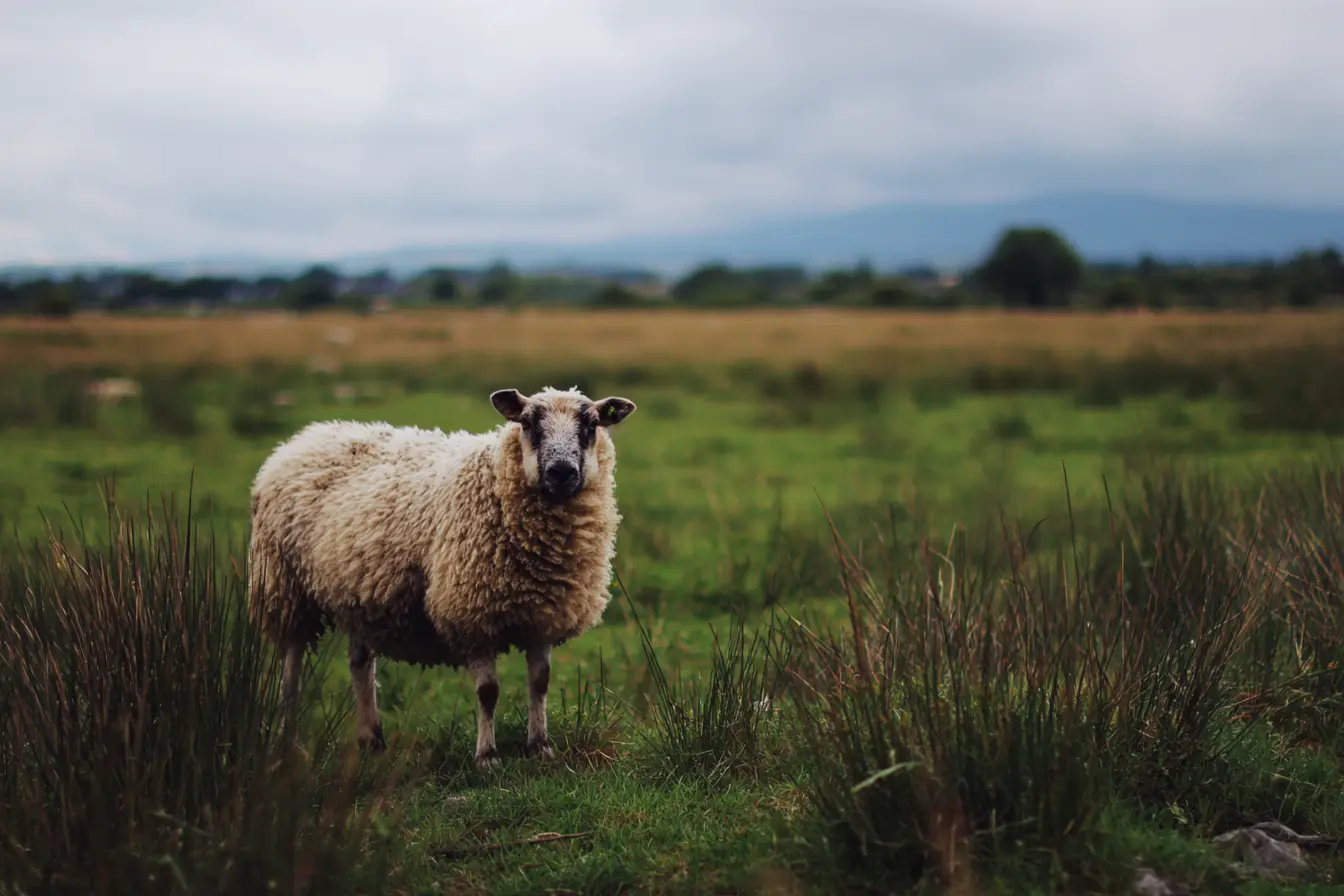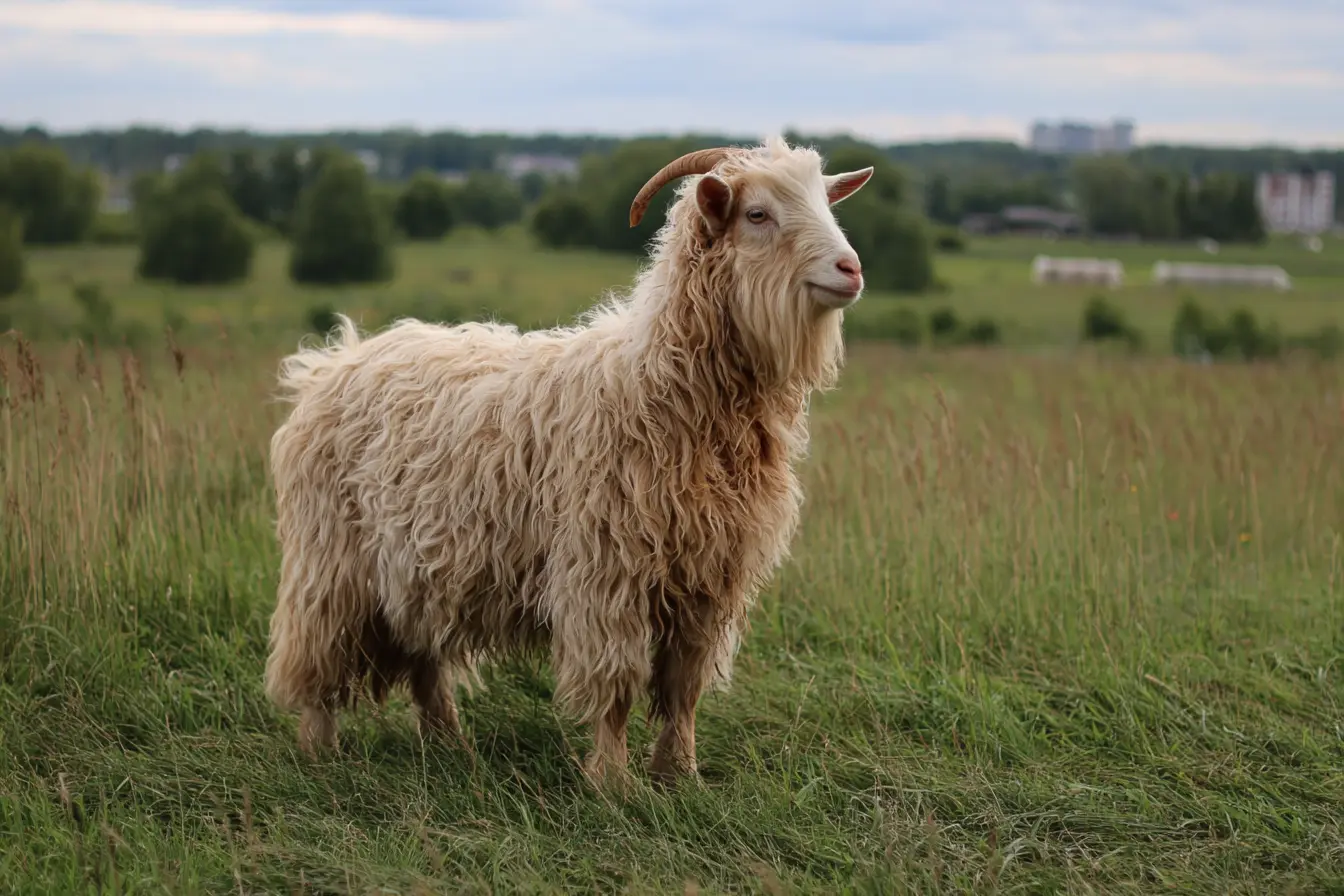
A Complete Guide to Harvesting Angora Goat Fibre
Angora goats are highly prized for their lustrous, silky fibre known as mohair. Harvesting this valuable fibre requires knowledge, skill, and attention to detail to ensure both the welfare of the goat and the quality of the mohair. Whether you are a smallholder, homesteader, or aspiring fibre farmer, this guide covers everything you need to know about harvesting Angora goat fibre in the UK.
Understanding Angora Goat Fibre
What is Mohair?
- Mohair is the long, smooth, and lustrous fibre produced exclusively by Angora goats.
- It is distinct from angora wool, which comes from Angora rabbits.
- Mohair is valued for its strength, sheen, dye absorption, and resistance to felting.
Growth Cycle
- Angora goats grow fibre continuously.
- Their fleeces must be harvested twice a year (every 6 months) to maintain fibre quality and prevent health issues such as matting or overheating.
Fibre Yield
- Each adult Angora goat yields 2–5 kg of mohair per year, depending on age, diet, and genetics.
- The first clip (kid mohair) is especially fine and valuable.
Preparing for Harvest
Equipment Needed
- Electric or hand shears (suitable for fine fibres).
- Restraining equipment (shearing stand or helper).
- Clean shearing floor or mat.
- Bags for fleece collection (paper or cotton, never plastic).
- Labelling materials to keep clips from different goats separate.
Preparing the Goat
- Keep goats dry and clean for several days before shearing. Wet or muddy fleeces are difficult to process.
- Withhold feed for a few hours before shearing to keep animals comfortable during handling.
- Ensure goats are calm; handling stress can affect their welfare and fibre quality.
Timing
- In the UK, shearing is usually done in spring (March–April) and autumn (September–October).
- Timing should avoid the coldest and wettest periods, as freshly shorn goats are vulnerable to chills.
The Shearing Process
Step 1: Restraining the Goat
- Place the goat on a shearing stand or gently restrain it on a clean floor.
- Handle calmly to avoid stress.
Step 2: Shearing Technique
- Begin at the belly and legs, removing the dirtiest, coarsest fibre first (this is usually discarded).
- Move on to the sides, back, and neck, where the best quality fibre is found.
- Shear in smooth, even strokes to avoid second cuts (short, damaged fibres that reduce value).
- Take care around delicate areas such as the tail, underbelly, and legs.
Step 3: Collecting the Fibre
- Keep fleece from each goat separate.
- Bag fleeces immediately to prevent contamination.
- Label bags with the goat’s ID, date, and clip (spring/autumn).
Post-Shearing Care
Protecting the Goat
- Freshly shorn goats can lose body heat quickly.
- Provide warm, dry housing for at least 2–3 weeks after shearing.
- Use goat coats or rugs in colder conditions.
Health Checks
- Take the opportunity to trim hooves, check skin condition, and administer routine treatments (vaccinations, worming).
- Examine goats for lice or mites, which can damage fleece quality.
Sorting and Grading Mohair
After shearing, mohair must be sorted to maximise its value.
Skirting
- Remove stained, coarse, or matted edges (from belly, legs, and tail).
- Keep only the clean, uniform locks for processing.
Grading
- Kid mohair: softest and finest, highest commercial value.
- Yearling mohair: slightly coarser but still fine.
- Adult mohair: stronger and often used for upholstery, outerwear, or rugs.
Fibre Diameter
- Mohair is measured in microns.
- Kid mohair: 23–27 microns.
- Adult mohair: 30–38 microns.
Storing Mohair
- Use breathable bags (cotton or paper). Avoid plastic, which traps moisture and encourages mould.
- Store in a dry, cool, pest-free environment.
- Add natural moth repellents (lavender, cedar, or rosemary).
Processing Options
After harvesting, mohair can be:
- Sold raw – directly to spinners or fibre mills.
- Scoured – washed to remove grease, dirt, and vegetable matter.
- Carded and combed – fibres aligned for spinning.
- Spun into yarn – either by hand or commercially.
Many small-scale producers send their fleeces to specialist fibre mills in the UK, while others market raw fibre to handspinners at premium prices.
Common Challenges in Harvesting
- Weather risks: UK dampness can make shearing tricky; never shear wet goats.
- Goat welfare: freshly shorn goats are highly vulnerable to cold and rain.
- Contamination: straw, burrs, or dirt in fleeces reduce quality significantly.
- Labour demands: shearing twice a year requires planning, skilled handling, and labour.
Best Practices for Success
- Schedule shearing in mild, dry weather.
- Work with experienced shearers familiar with fibre goats.
- Keep detailed records of fleece yield and quality for each goat.
- Protect fleeces from contamination at every stage.
- Market fibre with a strong story (sustainable farming, ethical production).
Conclusion
Harvesting mohair from Angora goats is both an art and a science. Success lies in careful timing, skilled shearing, and meticulous post-harvest handling. In the UK, where weather conditions can be unpredictable, extra care is needed to keep goats healthy and fleeces clean.
By mastering the techniques of harvesting, grading, and storing mohair, smallholders and farmers can unlock the full potential of this luxurious fibre. With demand growing in artisan and luxury markets, Angora goats can be a profitable and rewarding addition to your farm.
Vets near you
Speciality vets
- Aquatics vet specialists
- Birds vet specialists
- Camelids vet specialists
- Cats vet specialists
- Cattle vet specialists
- Deer vet specialists
- Dogs vet specialists
- Equines vet specialists
- Exotic vet specialists
- Goats vet specialists
- Pigs vet specialists
- Poultry vet specialists
- Sheep vet specialists
- Small Mammals vet specialists
- Wild vet specialists
